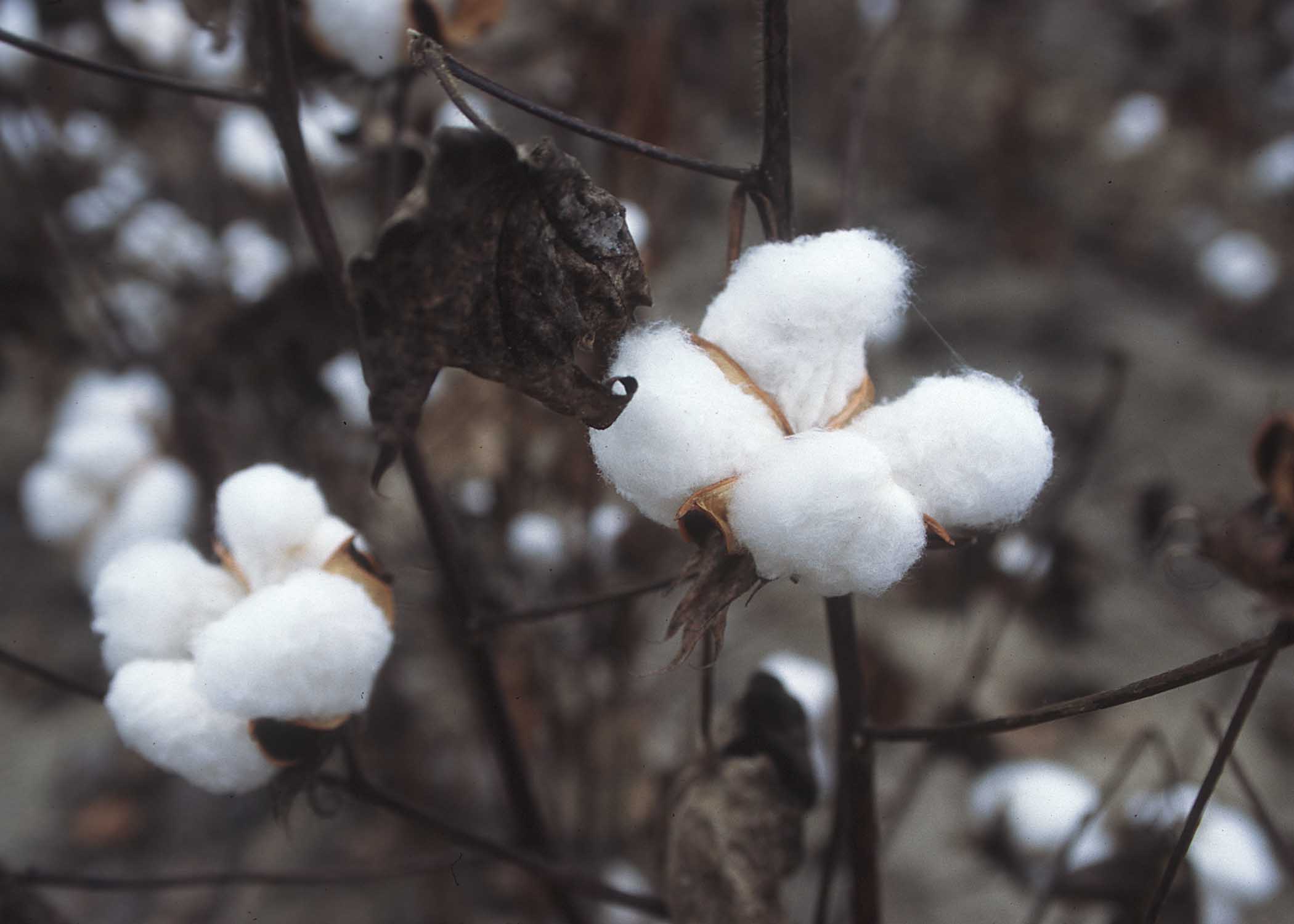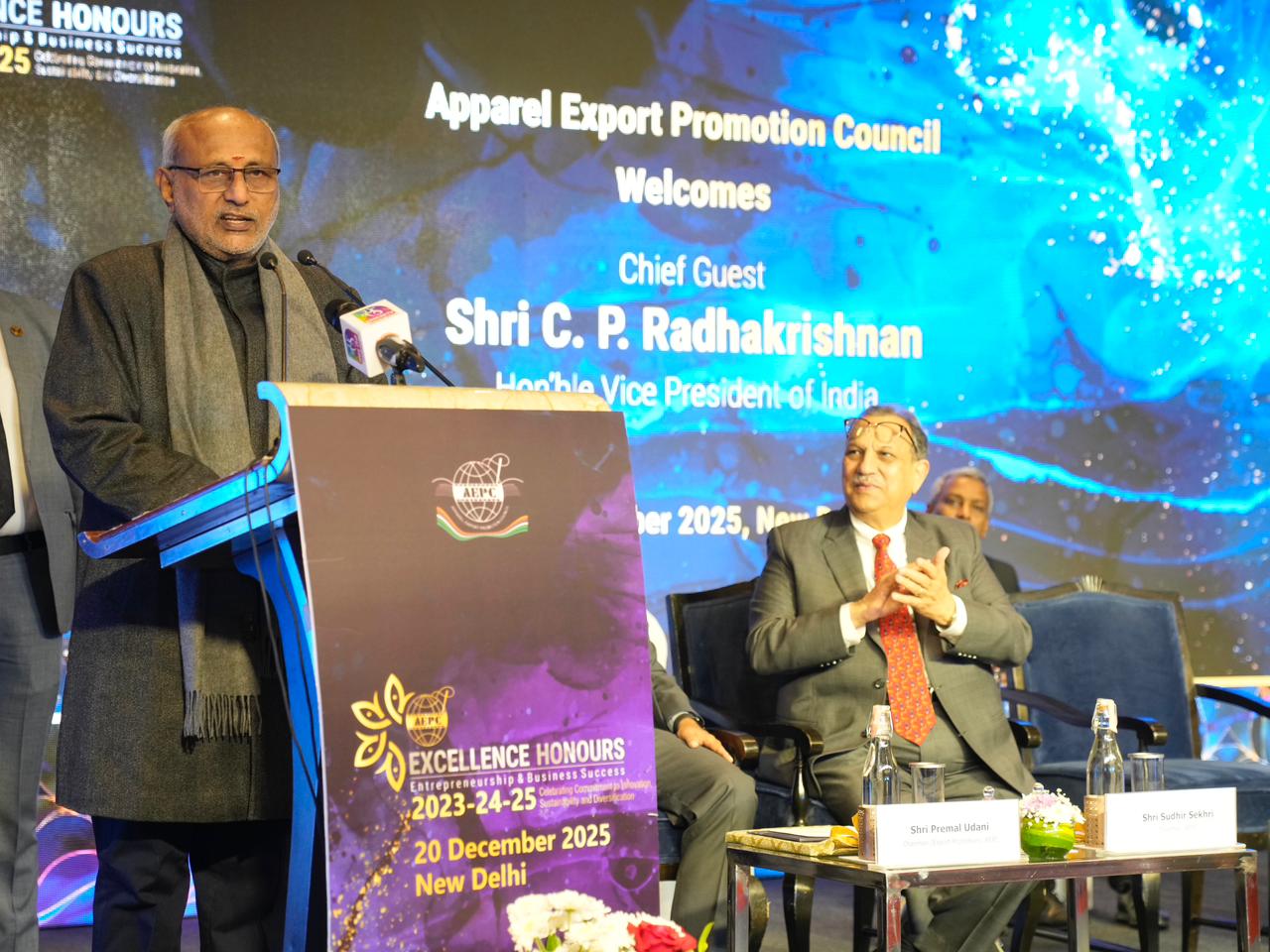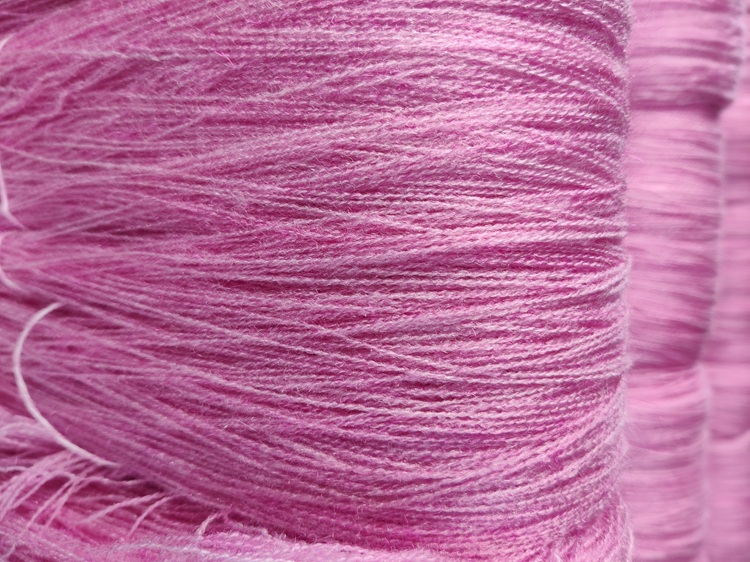
China’s Xinjiang region synonymous with cotton is deeply entangled in controversy, raising ethical and economic questions that reverberate throughout the global supply chain, including impacting India's cotton trade.
Xinjiang's dominance in Chinese cotton production
Xinjiang accounts for a staggering proportion of China's cotton output. Recent estimates suggest over 80 per cent of China's cotton originates from Xinjiang, with the region producing around 5 million tonnes annually. This dominance is driven by several factors like favorable climate, as Xinjiang's dry climate and ample sunshine create optimal growing conditions for cotton. The Chinese government has heavily invested in Xinjiang's cotton industry, providing subsidies and infrastructure development. And large-scale farms in Xinjiang have readily adopted mechanized harvesting, increasing efficiency and output.
In fact, Xinjiang's cotton production has significantly impacted China's overall cotton industry. First it has help in reducing imports as China, once a major cotton importer, has seen its import dependence decrease due to Xinjiang's production surge. This has direct implications for India, a major cotton exporter. On the other hand exports have grown. China has emerged a significant exporter of cotton yarn and finished textile products, leveraging Xinjiang's cotton. This increased competition affects Indian textile exports. Xinjiang cotton also helps China's massive textile industry, feeding domestic demand for apparel and other goods.
India's perspective
While India is a major cotton producer, the dynamics of Xinjiang's production influence its cotton trade with China. First is that it has resulted in lowering exports to China as China's domestic production increases, reliance on Indian cotton imports diminishes. This is reflected in the declining trend of raw cotton exports from India to China. However, India has seen a rise in cotton yarn exports to China. This suggests that despite Xinjiang's cotton dominance, there is still demand for specific yarn varieties and qualities that India can fulfill. The rise of China as a textile exporter, has been led by Xinjiang cotton and this presents competition for India in the global market.
Table: China’s cotton production, imports
|
Year |
China's cotton production (mn tons) |
Xinjiang's Share (%) |
China's cotton imports (mn tons) |
India's cotton exports to China (mn tons) |
India's cotton yarn exports to China ($ mn) |
|
2021 |
5.9 |
85 |
2 |
0.8 |
550 |
|
2022 |
6 |
87 |
1.8 |
0.6 |
680 |
|
2023 |
6.1 |
90 |
1.5 |
0.5 |
720 |
|
2024 |
6.2 |
94.8 |
1.0 (estimated) |
0.4 (estimated) |
750 (estimated) |
(Source: National Bureau of Statistics of China, USDA Foreign Agricultural Service, Ministry of Commerce and Industry India, Texprocil)
Table: China’s leading cotton trading partners
China's exports: Vietnam, Bangladesh, Pakistan, Turkey
China's imports: United States, Brazil, Australia
India's Exports: Bangladesh, Vietnam, China, Pakistan
Uncertainties, controversies arond Xinjiang cotton
There are several controversies around cotton from the Xinjiang region. Allegations of forced labor in Xinjiang continue to cast a shadow over the region's cotton industry. This impacts the ethical sourcing policies of many companies globally, including those in India. Meanwhile trade disputes and political pressures related to Xinjiang cotton create uncertainty in the global market. This can disrupt established trade flows and impact Indian exporters. The environmental impact of cotton production in Xinjiang, including water usage, is also a growing concern. This raises questions about the long-term viability of such large-scale cotton production.
However, the fact is Xinjiang cotton plays a pivotal role in China's domestic textile industry and holds significant sway in the global cotton market. This has direct and indirect consequences for India's cotton trade, impacting its exports of raw cotton and yarn to China. While India continues to be a significant player in the global cotton market, navigating the complexities arising from Xinjiang's production, including ethical concerns and geopolitical tensions, remains crucial for India's cotton industry.












